Tinplate can be found in different levels of hardening, which determine its properties and applications. The main levels of tinplate hardening are described below:
- T1 temper: This is the softest level of tinplate temper. It has high ductility and malleability, making it suitable for applications requiring high formability, such as the manufacture of easy-open lids.
- T2 hardening: This is an intermediate level of tinplate hardening. It has a higher hardness and strength than T1 temper, which makes it suitable for applications requiring higher mechanical strength, such as the manufacture of paint container rings.
- T3 temper: This is a harder level of tinplate temper. It has a higher hardness and stiffness, which makes it suitable for applications requiring higher resistance to deformation, such as the manufacture of “3-piece” container bodies.
It is important to bear in mind that the choice of the level of tinplate hardening depends on the specific characteristics of each application and the product to be packaged. In addition, the level of tinplate hardening can influence other aspects, such as grain direction and surface finish.

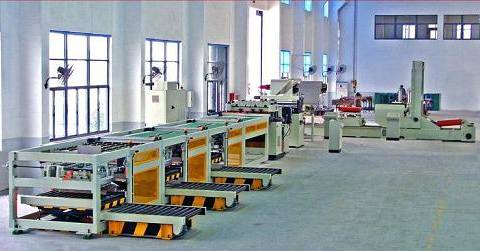

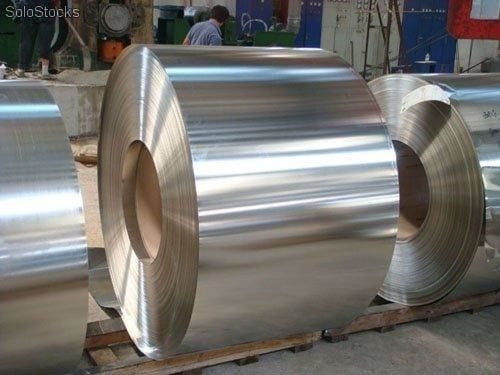
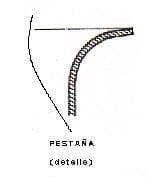
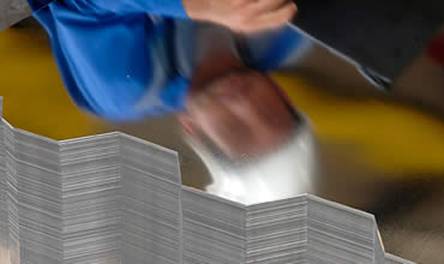
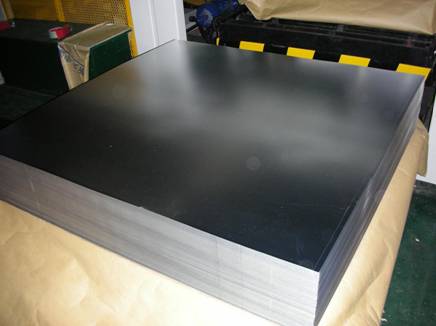
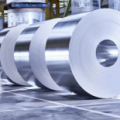


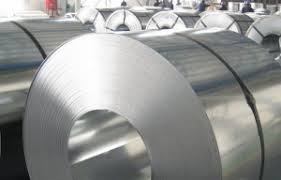



0 Comments